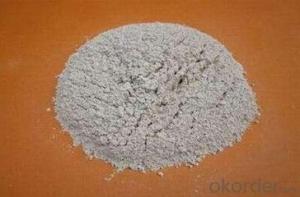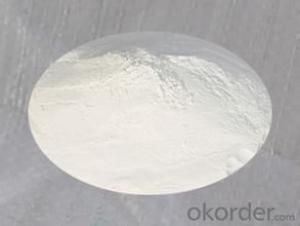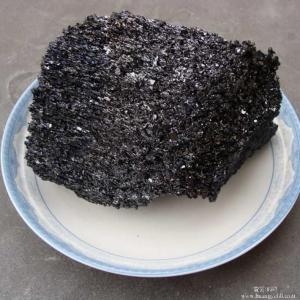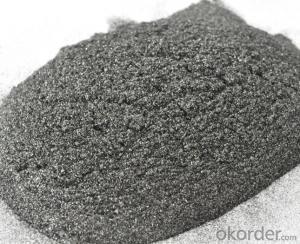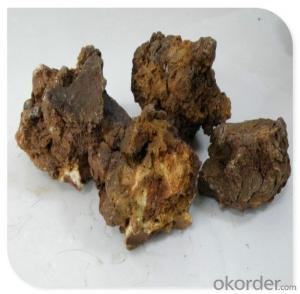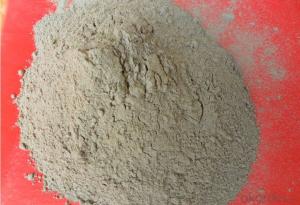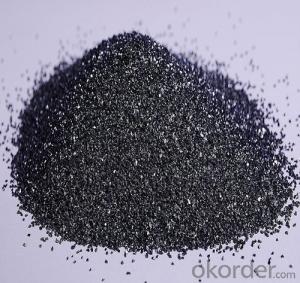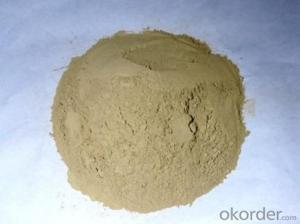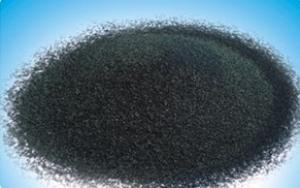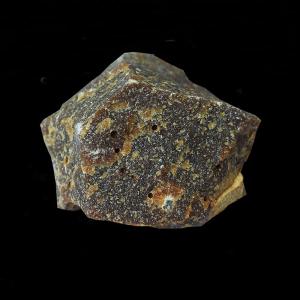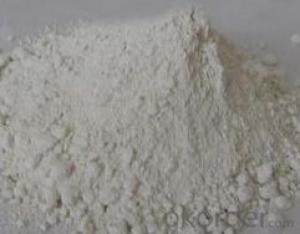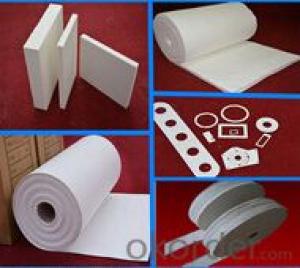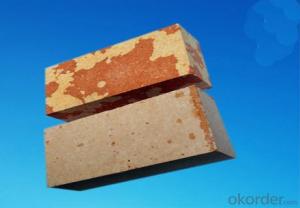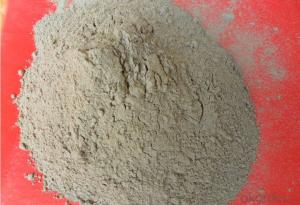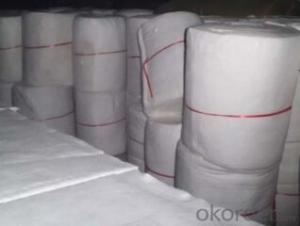All Categories
- - Steel Wire Rod
- - Steel Coils
- - Steel Profiles
- - Steel Pipes
- - Stainless Steel
- - Tinplate
- - Special Steel
- - Steel Sheets
- - Steel Rebars
- - Steel Strips
- - Hot Rolled Steel
- - Cold Rolled Steel
- - Pre-painted Steel
- - Seamless Steel Pipe
- - Welded Steel Pipe
- - Hollow Steel Tubes
- - Galvanized Pipe
- - Stainless Steel Coil
- - Stainless Steel Sheet
- - Stainless Steel Plate
- - Stainless Steel Strips
- - Electrolytic Tinplate Coil
- - Electrolytic Tinplate Sheet
- - Stainless Steel Rebars
- - Solar Panels
- - Solar Water Heater
- - Solar Related Products
- - Solar Inverter
- - Solar Cells
- - Solar Light
- - Solar Energy Systems
- - Solar Controllers
- - Solar Mounting System
- - Solar Pump
- - Solar Chargers
- - Fiberglass Chopped Strand
- - Fiberglass Mesh Cloth
- - Composite Pipes
- - FRP Pultrusion Profiles
- - Fiberglass Mat Tissue
- - Fiberglass Fabrics
- - Fiberglass Mesh
- - Composite Tank
- - Fiberglass Mesh tape
- - Polymer
- - FRP Roofing Panel
- - Fiberglass Roving
- - Monolithic Refractories
- - Ceramic Fiber Products
- - Refractory Bricks
- - Raw Materials For Refractory
- - Suspended Platform
- - Cranes
- - Concrete Machinery
- - Earthmoving Machinery
- - Building Hoist
- - Road Building Machinery
- - Plastic Pipe Fittings
- - Plastic Tubes
- - Plastic Sheets
- - Agricultural Plastic Products
- - Plastic Nets
Q & A
Discuss the challenges and techniques for repairing and maintaining refractory linings.
Repairing and maintaining refractory linings present several challenges. The high temperatures and harsh conditions these linings are exposed to can lead to degradation and damage over time. Additionally, the selection and application of suitable refractory materials can be complex, requiring expertise and careful consideration.
One of the main challenges is identifying the specific cause of damage or failure. This may involve conducting thorough inspections and assessments to determine whether the issue is due to thermal shock, chemical attack, mechanical stress, or other factors. Once the cause is determined, appropriate repair techniques can be employed.
Repairing refractory linings often involves removing the damaged sections and replacing them with new refractory materials. However, achieving a proper bond between the new and existing linings can be challenging. Techniques such as wet gunning, shotcreting, or casting may be used to ensure a strong and durable bond.
Maintaining refractory linings is crucial to extend their lifespan. Regular inspections should be conducted to identify any signs of wear, erosion, or deterioration. Applying protective coatings or sealants can help enhance the resistance of the refractory lining to chemical attacks or thermal stresses. Additionally, preventive measures like proper temperature control, reducing thermal cycling, and implementing good operational practices can help minimize the need for frequent repairs.
Overall, repairing and maintaining refractory linings require a comprehensive understanding of the materials, the specific conditions they are exposed to, and the appropriate techniques for installation and repair. It is essential to address any issues promptly to ensure the efficient operation and longevity of refractory linings in various industrial applications.
How does calcium aluminate enhance the properties of refractory materials?
Calcium aluminate enhances the properties of refractory materials by improving their thermal stability, corrosion resistance, and mechanical strength. It has a high melting point and low thermal expansion coefficient, which helps the refractory materials withstand high temperatures and thermal shocks. Additionally, calcium aluminate reacts with other components in the refractory mix to form stable compounds that resist chemical corrosion from molten metals, slags, and other aggressive environments. Its presence also enhances the bonding between refractory particles, resulting in improved mechanical strength and resistance to physical wear and erosion.
What are the raw materials used in the production of castable refractories?
The raw materials used in the production of castable refractories typically include high-alumina aggregates, such as bauxite or alumina, as well as binders like calcium aluminate cement or colloidal silica. Other additives may be added to enhance properties like plasticity, strength, and thermal resistance.
Can you explain the role of chamotte in refractories?
Chamotte is a type of clay that is added to refractory materials to improve their heat resistance and stability. It acts as a refractory aggregate, providing strength and durability to the final product. Chamotte is known for its high melting point and low thermal expansion properties, making it an excellent choice for refractory applications. It also helps in minimizing cracks and thermal shock damage, thereby enhancing the overall performance and longevity of refractories.
Wholesale Raw Materials For Refractory from supplier in Papua New Guinea
We are confident that our expertise and resources will be able to meet your raw material needs for refractory in Papua New Guinea. As a subsidiary of CNBM, a Fortune Global 500 company, we have a strong global network and access to top-quality products and services.
Our dedicated team is ready to provide you with valuable insights and support throughout your projects. Whether you need assistance with product selection, pricing, or technical guidance, we have the knowledge and experience to help you make informed decisions. We understand the specific requirements of the Papua New Guinea market and can tailor our solutions to meet your needs.
In addition to our wide range of raw materials for refractory, we offer competitive pricing and reliable delivery services. Customer satisfaction is our top priority, and we strive to exceed expectations in every aspect of our business. You can trust us to be your reliable partner for all your raw material needs in Papua New Guinea.
Choose us for a seamless and hassle-free procurement experience. Our commitment to quality, reliability, and customer service sets us apart from the competition. Contact us today to discuss your requirements and let us assist you in achieving success in your projects in Papua New Guinea.
Our dedicated team is ready to provide you with valuable insights and support throughout your projects. Whether you need assistance with product selection, pricing, or technical guidance, we have the knowledge and experience to help you make informed decisions. We understand the specific requirements of the Papua New Guinea market and can tailor our solutions to meet your needs.
In addition to our wide range of raw materials for refractory, we offer competitive pricing and reliable delivery services. Customer satisfaction is our top priority, and we strive to exceed expectations in every aspect of our business. You can trust us to be your reliable partner for all your raw material needs in Papua New Guinea.
Choose us for a seamless and hassle-free procurement experience. Our commitment to quality, reliability, and customer service sets us apart from the competition. Contact us today to discuss your requirements and let us assist you in achieving success in your projects in Papua New Guinea.
Hot Search
- Monolithic Refractories in British
- Ceramic Fiber Products in Cameroon
- Refractory Bricks in Montenegro
- Raw Materials For Refractory in Mauritius
- Refractory Bricks in Hungary
- Refractory Bricks in Bahrain
- Refractory Bricks in Chad
- Ceramic Fiber Products in Switzerland
- Refractory Bricks in Maldives
- Ceramic Fiber Products in Argentina
